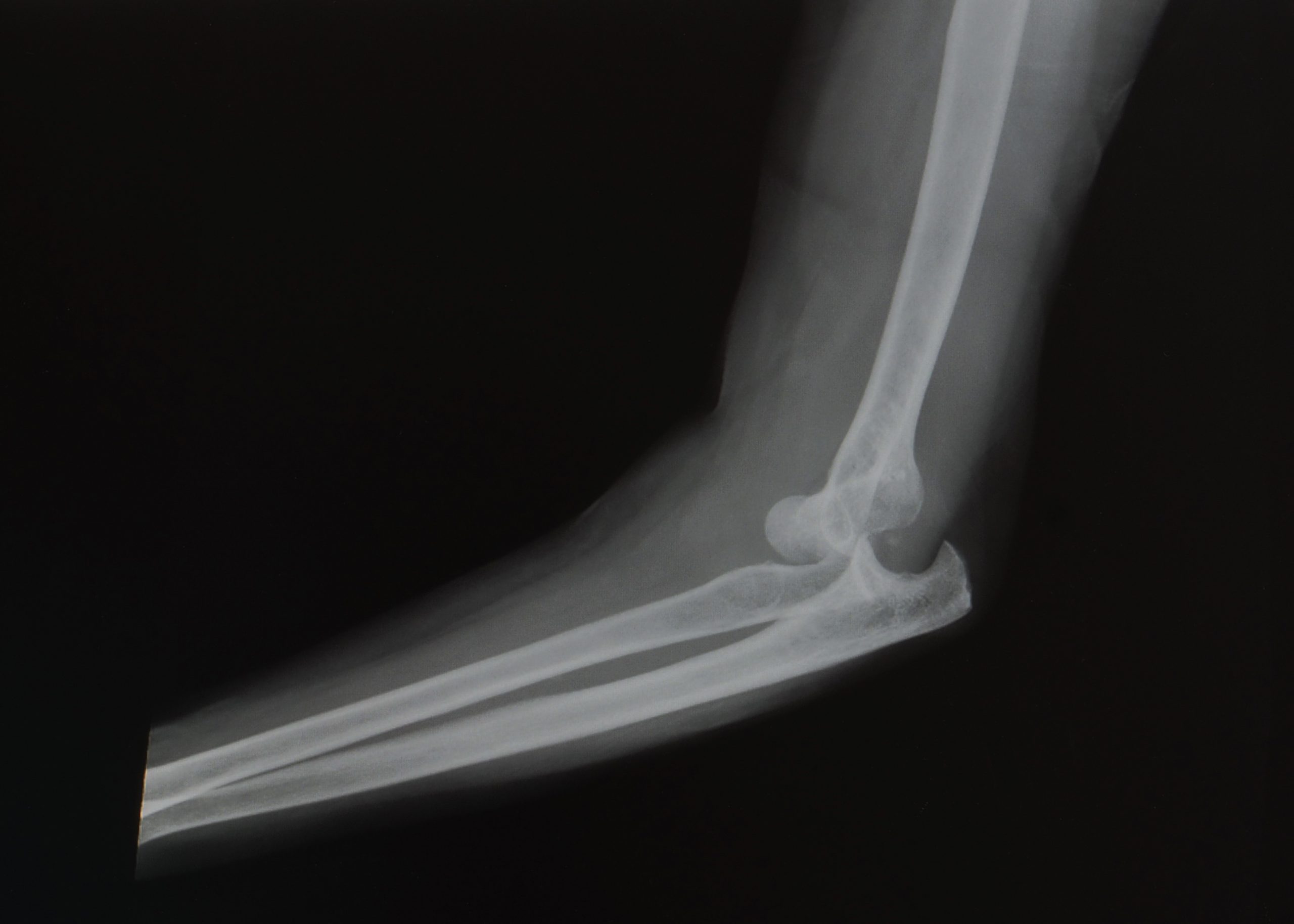
What causes chronic elbow dislocation?
A chronic elbow dislocation is a dislocation in the elbow joint that hasn’t healed and stays out of place for an extended period of time (normally 3 weeks or longer). If the condition is chronic, the elbow is loose and often feels like it is going to slip out of alignment. Also, chronic dislocation can mean a successful closed reduction is prevented by natural changes to the bones and soft tissue that occurs during that time. In this article, we’ll be looking at the causes of chronic elbow dislocation as well as how it can be repaired.
What is an elbow dislocation?
The elbow is the second most commonly dislocated joint, it occurs when the surfaces of the joint are forced apart. It takes a significant amount of force to dislocate the elbow, which oftentimes is enough to also cause the bone to fracture at the same time. This is why these injuries can occur and require treatment simultaneously. Elbow dislocations can be full or partial, the latter is known as a subluxation.
The causes of elbow dislocation
Given the force that is needed to create an elbow dislocation, this type of injury is mostly the result of some form of trauma. Typically, they occur from a fall onto an outstretched hand and arm. The level of force is sent rushing through the hand and forearm to the elbow as it hits the ground and pushes the elbow out of its socket.
Many elbow dislocations in adults happen during sports activities such as cycling, gymnastics, rugby, and football. Intense, high impact sports build up the type of force that it takes to cause elbow trauma injuries like dislocations and fractures.
Chronic elbow dislocation
Chronic elbow dislocation is typically associated with intra-articular fractures or generalised ligament laxity. It is a disabling condition that causes limitations in the elbow function and a high level of instability. If the elbow dislocation is chronic, it is likely to due to a dislocation that has been neglected, an incomplete examination and assessment of the instability in the elbow, or inadequate treatment has been given which has not suitably resolved the dislocation. When a treating a dislocation, if the elbow is not reduced, not only can this result in the condition becoming chronic, but it also presents the risk of arthritis developing in the future.
Treatment for elbow dislocations
Closed reduction surgery with an elbow splint is the main form of treatment for elbow dislocations and in many cases is the most effective. As part of this surgery and other beneficial surgeries for elbow dislocations like internal fixation and joint stabilisation, orthopaedic trauma surgeons often use new technologies and products to offer the best possible recovery and outcomes for patients. A good example of this is the Distal Elbow Set created by world-renowned medical device company Skeletal Dynamics.
The Distal Elbow Set includes several systems which can be bought separately or all together depending on the requirements of the orthopaedic surgical clinic. Each system within the set has specific functions to support healing and improve stability once the joint is back in the right place. They include:
- IJS Elbow – internal joint stabiliser
- ALIGN – radial head replacement
- PUP – proximal ulna plate
- PROTEAN – coronoid and radial head plates
- REDUCT – headless compression screws
Conclusion
As we have seen in this guide, it’s extremely important that any elbow dislocations are treated as soon as possible, with a thorough and accurate assessment of the dislocation completed to prevent it from becoming chronic. Forward-thinking and modern solutions like the Distal Elbow Set are the ideal tools for orthopaedic surgeons to solve the clinical challenges they face, and ensure their patients get the best possible treatment for their elbow dislocations. For more information on the Distal Elbow Set or any of our other products, contact us at LEDA Orthopaedics today.